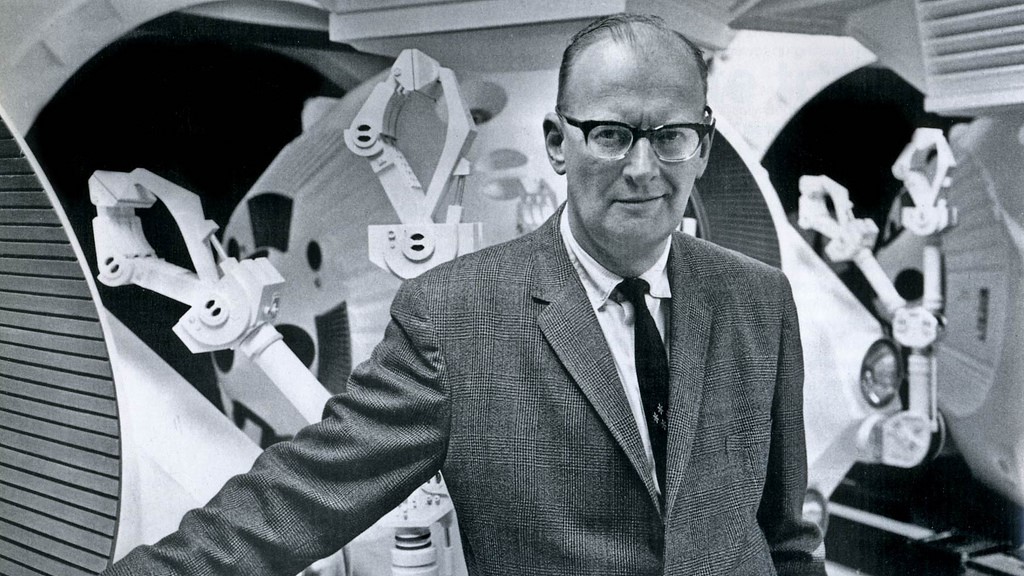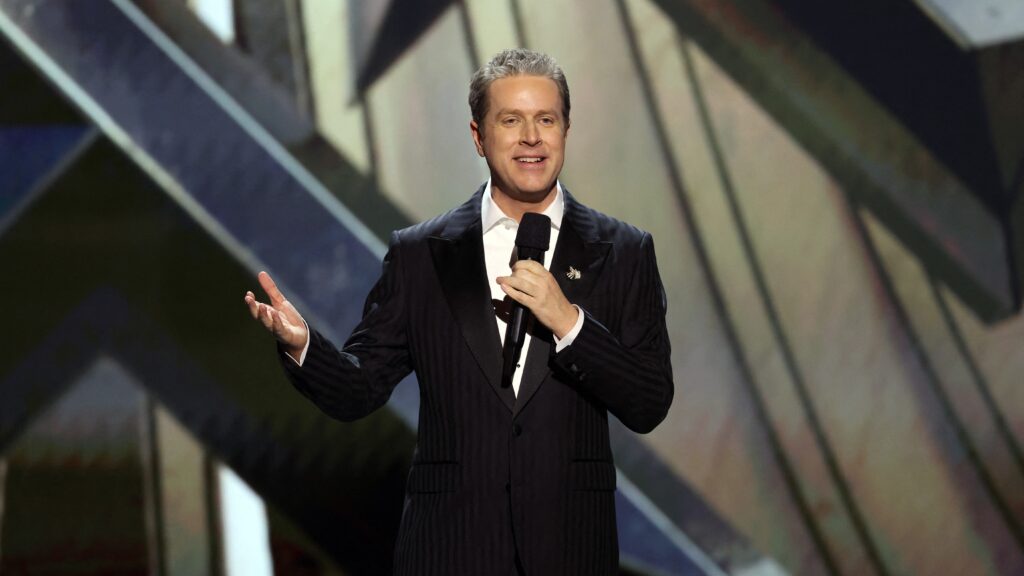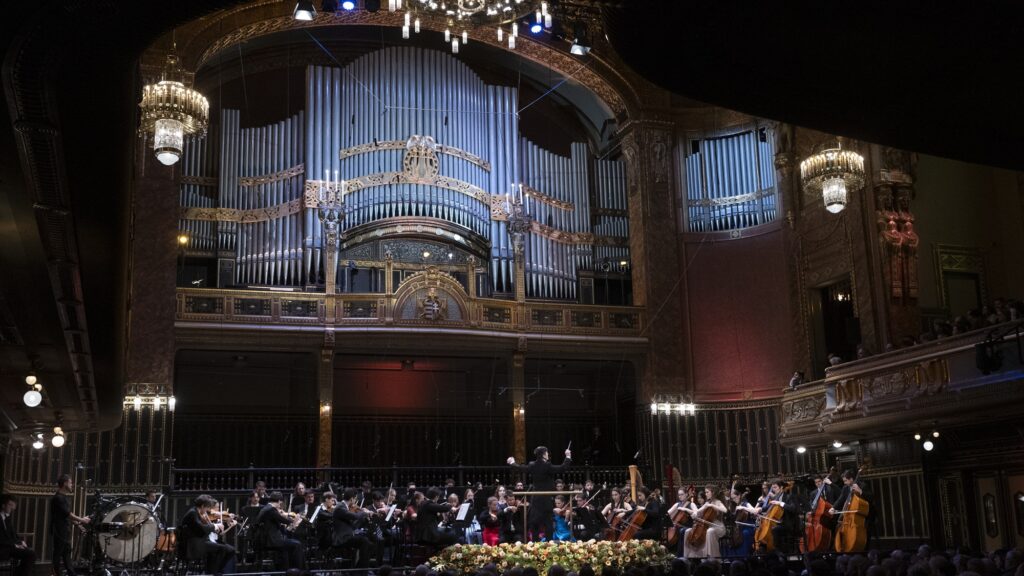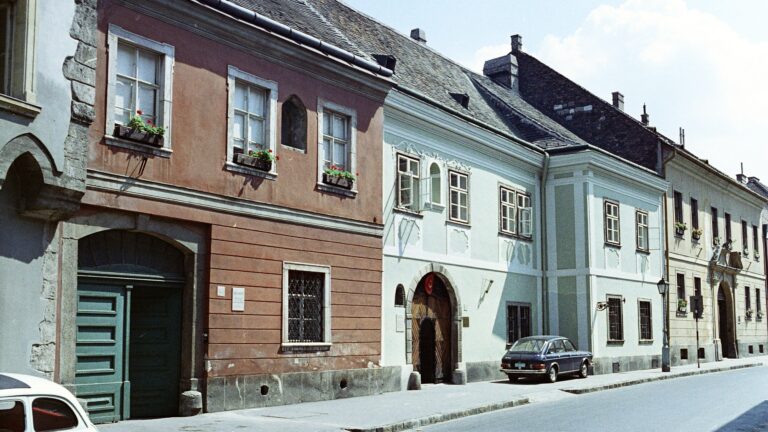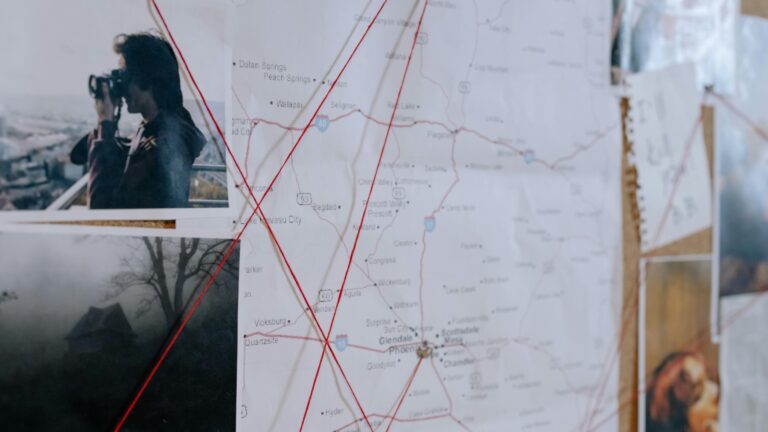After 45 years since its first screening in Hungary, Stanley Kubrick’s Oscar-winning masterpiece 2001: A Space Odyssey will return to the big screen on 19 and 21 September in a digitally restored version as part of the Budapest Classic Film Marathon.
As announced by the organizers, 2001: A Space Odyssey will be shown on 19 September on the giant screen in Szent István Square and on 21 September at the Uránia Cinema as part of the Budapest Classic Film Marathon.
Accompanied by the music of Hungarian composer György Ligeti, 2001: A Space Odyssey explores the origins of human life, with the screenplay co-written by Arthur C. Clarke and Stanley Kubrick suggesting that extraterrestrial intelligence played a conscious role in human development.
The creators did not provide further specific details, allowing audiences to unleash their imagination and form their own interpretations of the film’s meaning.
In 1964 Stanley Kubrick decided to make a science fiction film, and he found his creative partner in writer Arthur C. Clarke, who, in addition to his literary success, was also known as a professor of physics and mathematics. Clarke had previously developed the concept of telecommunications satellites orbiting the Earth.
Other renowned sci-fi authors were involved in the film’s development, offering their insights to help piece together the complex mosaic of the story. Ray Bradbury, Lester del Rey, Isaac Asimov, and Samuel R. Delany all supported the creators to ensure that a truly ambitious, mature, and authentic work was produced.
As a director, Stanley Kubrick was involved in every aspect of the production, personally overseeing everything from casting and set design to selecting costume fabrics. He also approved the creation of visual effects models, finalized the cinematography setups, and chose the furniture.
While Stanley Kubrick did not continue the 2001: A Space Odyssey story on film, Arthur C. Clarke extended it through his books. In 1982, Clarke published the sequel 2010: Odyssey Two, in which Americans and Soviets embark on a joint mission to explore Jupiter’s moons. Five years later, he released 2061: Odyssey Three, where the return of Halley’s Comet in 2061 plays a key role. After a longer break, in 1997, Clarke completed the fourth novel, 3001: The Final Odyssey, in which the frozen body of the astronaut from the 2001 expedition is found and revived, in an effort to uncover the true purpose of the monolith.
Related articles:

